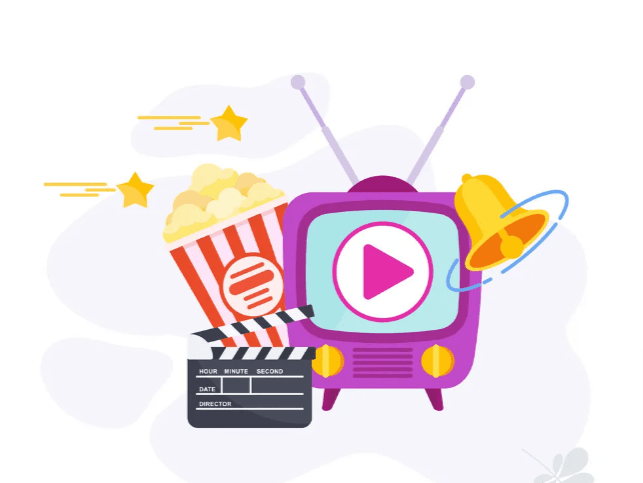If you’re a digital marketer, you may be wondering if traditional marketing methods are still effective in today’s day and age.
The answer, quite simply, is yes—but that doesn’t mean that digital marketing isn’t also effective. In fact, the two can actually work quite well together. Let’s take a closer look at the two different types of marketing and how they can be used to effectively reach your target audience.
In a world that is increasingly driven by digital marketing, it is easy to forget the importance of traditional marketing techniques. While digital marketing is certainly more efficient and easier to track, there are some advantages to traditional marketing that cannot be ignored.
Traditional Marketing vs Digital Marketing: Definition, Pros & Cons
What is Traditional Marketing?

Traditional marketing includes any form of marketing that is not done online. This includes things like print ads, TV commercials, radio ads, and direct mail. Traditional marketing has a number of advantages, including the fact that it can reach a wide audience all at once and it generally requires a smaller budget than digital marketing.
However, traditional marketing also has its drawbacks. For one thing, it can be difficult to track the results of your traditional marketing campaigns, which makes it hard to know whether or not they are actually effective.
Additionally, traditional methods like print ads and TV commercials often require a significant upfront investment, which may not be feasible for small businesses or businesses with limited budgets.
What is Digital Marketing?
Digital marketing encompasses all forms of marketing that are done online. This includes things like social media posts, email campaigns, banner ads, and pay-per-click ads.
Digital marketing is advantageous because it allows you to target a specific audience with laser precision. Additionally, digital marketing is relatively affordable and easy to track, which means you can quickly adjust your strategy if you’re not seeing the results you want. However, digital marketing does have its drawbacks.
One major downside is that it takes a significant amount of time and effort to create effective campaigns. Additionally, digital marketing can be very competitive; unless you’re willing to spend the time and money necessary to stand out from the crowd, you may find it difficult to get the results you want.
Traditional Marketing Pros
1. Traditional marketing can be more personal. You can shake someone’s hand, look them in the eye, and build a rapport with them that can be difficult to replicate online.
2. Traditional marketing tactics often require less money up front. For example, print ads can be relatively cheap to produce, especially if you already have high-quality images on hand.
3. Traditional marketing can reach a wide audience quickly. Tactics like television commercials and billboards have the potential to reach millions of people in a short amount of time.
Traditional Marketing Cons
1. Traditional marketing can be difficult to measure. It’s often hard to track how many people saw your ad or how effective it was in driving sales.
2. Traditional marketing can be intrusive. Interrupting someone’s favorite TV show or forcing them to look at an ad while they’re driving is not likely to win you any fans.
3. Traditional marketing tactics can be expensive. Producing a high-quality commercial or buying ad space in a popular magazine can cost thousands of dollars, making it out of reach for many small businesses.
Digital Marketing Pros
1. Digital marketing is easy to track and measure. You can use tools like Google Analytics to track how many people visit your website, how long they stay, and what actions they take while they’re there. This data can help you fine-tune your digital marketing strategy for maximum effectiveness.
2. Digital marketing is less intrusive than traditional marketing methods like television commercials and print ads because people have the power to choose when and where they consume the content. They can also choose to ignore it entirely if they’re not interested.
3. Digital marketing tactics are often more affordable than traditional methods because there’s no need to buy ad space or produced high-quality materials. In many cases, all you need is a computer and an internet connection!
Digital Marketing Cons
1. Digital marketing can be challenging to stand out from the crowd because there’s so much content out there competing for attention.. With so much noise online, it can be difficult to make your voice heard above the din.
2. Digital marketing requires a good deal of strategic planning and execution in order to be effective.. You’ll need to put together a solid plan that takes into account your target audience, your budget, and your goals before you start implementing any digital marketing tactics..
3. Digital marketing can sometimes feel like an impersonal way to reach customers. Unlike face-to-face interactions or phone calls, digital interactions often lack the personal touch that many people crave.
Conclusion
As you can see, there are pros and cons to both traditional marketing and digital marketing. The best way to determine which strategy is right for your business is to consider your budget, your target market, and your overall goals. If you have the time and money necessary to invest in digital marketing, then that may be the best option for you.
However, if you’re on a tight budget or you’re targeting an older demographic that isn’t as active online, then traditional marketing may be a better choice. Whatever you decide, make sure to measure the results of your campaigns so that you can continuously improve your strategy over time!